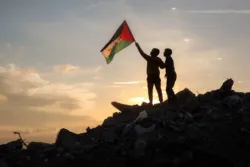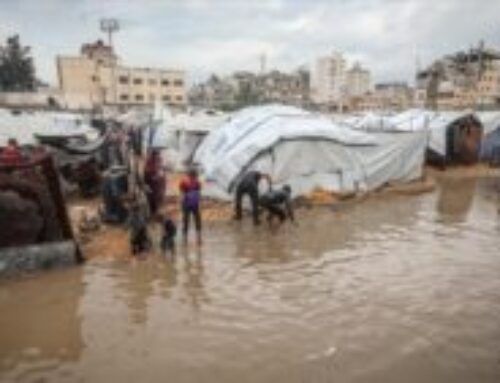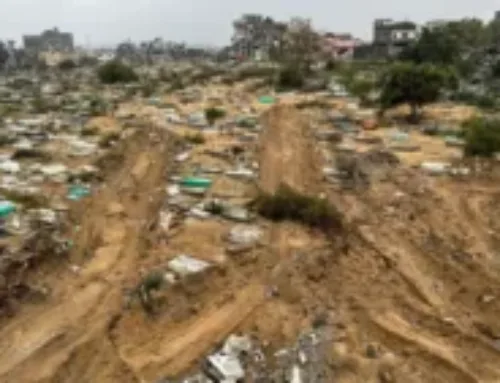After two years of genocide that scorched both people and stone, Gaza stands today as a city of smoke and tears, lifting its head toward the light despite the rubble. The war has stopped, but the destruction continues to speak. Every stone tells a story of survival; every tent whispers the name of a home that once was; and every child draws upon the dust the shape of a life waiting to return.
Despite the announcement of a ceasefire, the tragedy has not truly ended. Wounded and exhausted, Gaza groans under an unprecedented humanitarian burden. More than 1.9 million Palestinians have lost their homes, turning the Strip into a map of tents and overcrowded shelters suffocating in misery.
Destroyed schools have become shelters, and public squares have turned into beds for the displaced. With fuel shortages and the collapse of water and sanitation networks, many shelters have become hotspots for disease and contamination, where the threat of epidemics grows with every rainfall or power cut. The siege remains, and humanitarian crossings open only narrowly, if at all.
According to UNDP reports, nearly 70% of Gaza’s residential buildings have been completely or partially destroyed, making reconstruction one of the most complex humanitarian tasks in modern history. Every street in Gaza holds hundreds of untold stories beneath the rubble, and every cracked wall bears the memory of a shattered family.
On the humanitarian front, aid agencies estimate an urgent need for over 400,000 tents or temporary shelters to accommodate the displaced, while the Norwegian Refugee Council reports that at least 1.1 million people require immediate emergency shelter assistance.
UN spokesperson Stéphane Dujarric stressed that “Gaza needs more than aid… it needs a lifeline.” He called for the immediate opening of crossings, safe passage for relief workers, unrestricted entry of goods, and the issuance of visas for humanitarian personnel, ensuring that operations continue in accordance with international principles.
Meanwhile, the health sector is enduring a catastrophe of its own. Around 70% of medical facilities are out of service, and Gaza’s largest hospitals now lie in ruins. Over 168,000 wounded await treatment, while the Ministry of Health estimates that rebuilding the healthcare system will require at least 7 billion dollars.
According to Jenan Saad, regional head of communications for Médecins Sans Frontières, “Rebuilding the medical sector is the condition for life itself in Gaza,” pointing to thousands of wounded, cases of malnutrition, and the collapse of a health system that has been “left to die slowly.”
Today, Gaza is not merely a devastated city but a moral test for the world. The danger no longer lies in bombs but in silence; not in war but in neglect after war.
Yet Gaza remains as it always has been, refusing to die. From beneath the rubble, children rise with dust-covered hands to plant hope; women write the names of their loved ones on the walls of tents; and the weary city lights a candle against the darkness.
Gaza has triumphed because it endured. It triumphed because it did not allow death to claim the whole scene. It triumphed because in every ruin there is life, and in every stone, there is a promise to remain.
Yet, victory will not be complete until free hands reach out to wipe away the pain and restore the city’s spirit. The suffering has not ended, and the duty has not fallen away. Gaza says to the world today: “The war has ended… but your responsibility has not.”





